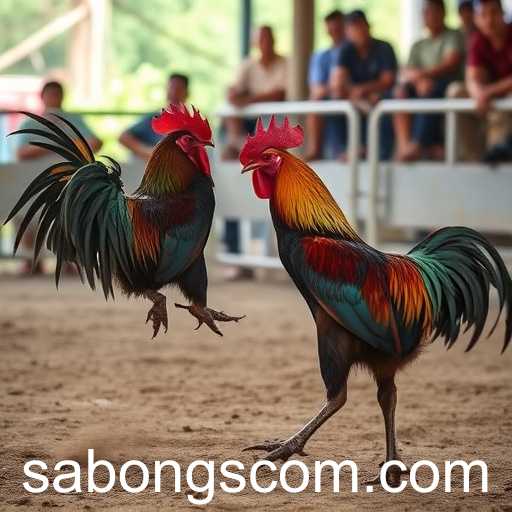Explore the captivating world of sabong, a traditional sport deeply rooted in culture and excitement. Delve into the intricacies of game rules and the cultural significance that makes sabong more than just a game.
Sabong, commonly known as cockfighting, is a traditional and historic sport that has been part of many cultures for centuries. Originating from Southeast Asia, particularly the Philippines, sabong is not merely a pastime but a significant cultural event that attracts both locals and tourists alike. The sport involves a contest between two roosters, known as gamecocks, which are bred and trained specifically for the purpose of fighting. While the concept of cockfighting might seem straightforward, understanding the game rules and its cultural implications requires a deeper dive.
In sabong, the primary objective is straightforward: one gamecock must emerge victorious over the other. The event is overseen by a referee, often referred to as a 'sentenciador' or 'kristo', who ensures that the rules are followed and the fight is fair. Matches are typically held in a cockpit, an arena specifically designed for these battles, where spectators gather to watch and place bets on the outcome. Betting is a crucial element of the experience, adding an extra layer of excitement to the proceedings.
Each fight consists of several rounds, known as 'sagupaan', and lasts until one rooster is unable to continue, succumbing to injuries or submission. To ensure fairness, both gamecocks are equipped with sharp blades, called gaffs or taji, attached to their legs. These bladed spurs serve as the primary weapon, adding a level of drama and danger to each battle. Age-old traditions govern the length and rules of each match, often varying by region and local custom.
The cultural significance of sabong extends beyond the spectacle itself. For many aficionados, it is a representation of bravery, strength, and honor. The training of a fighting cock is taken very seriously and can be a lifelong passion for many breeders who take pride in their roosters' lineage and prowess. Breeders often employ meticulous training regimens, diets, and even traditional healing practices to ensure their gamecocks are in peak condition.
Despite its popularity, sabong faces criticism and legal challenges due to concerns over animal welfare. In many countries, the sport is heavily regulated or banned outright due to ethical considerations. This dual aspect highlights the complex nature of sabong as both a cherished tradition and a controversial activity.
In the digital age, sabong has also found its place online, with virtual cockfighting platforms enabling enthusiasts to participate from afar. This shift to online platforms has expanded its reach and allowed the tradition to continue even amidst external pressures.
In conclusion, sabong represents a fascinating blend of cultural heritage, competition, and controversy. Understanding the game rules offers insight into this age-old tradition that thrives on the enthusiasm of its participants and spectators. Whether viewed as a sport, a cultural relic, or a controversial practice, sabong continues to be a significant part of the cultural tapestry of regions where it is embraced.




